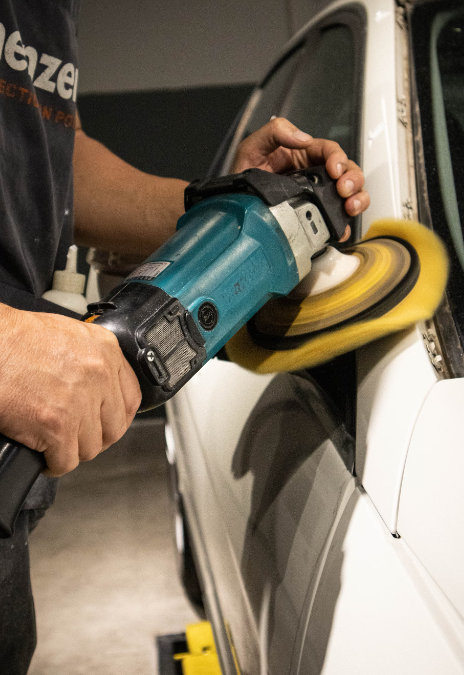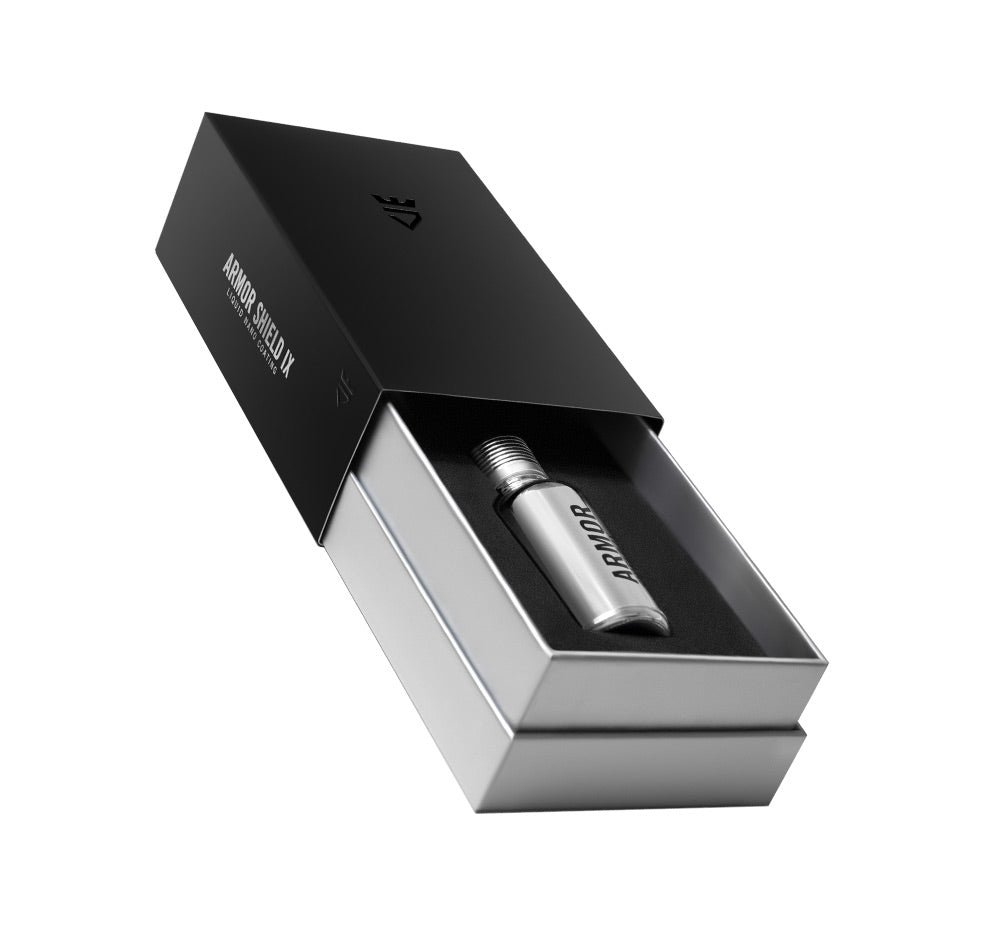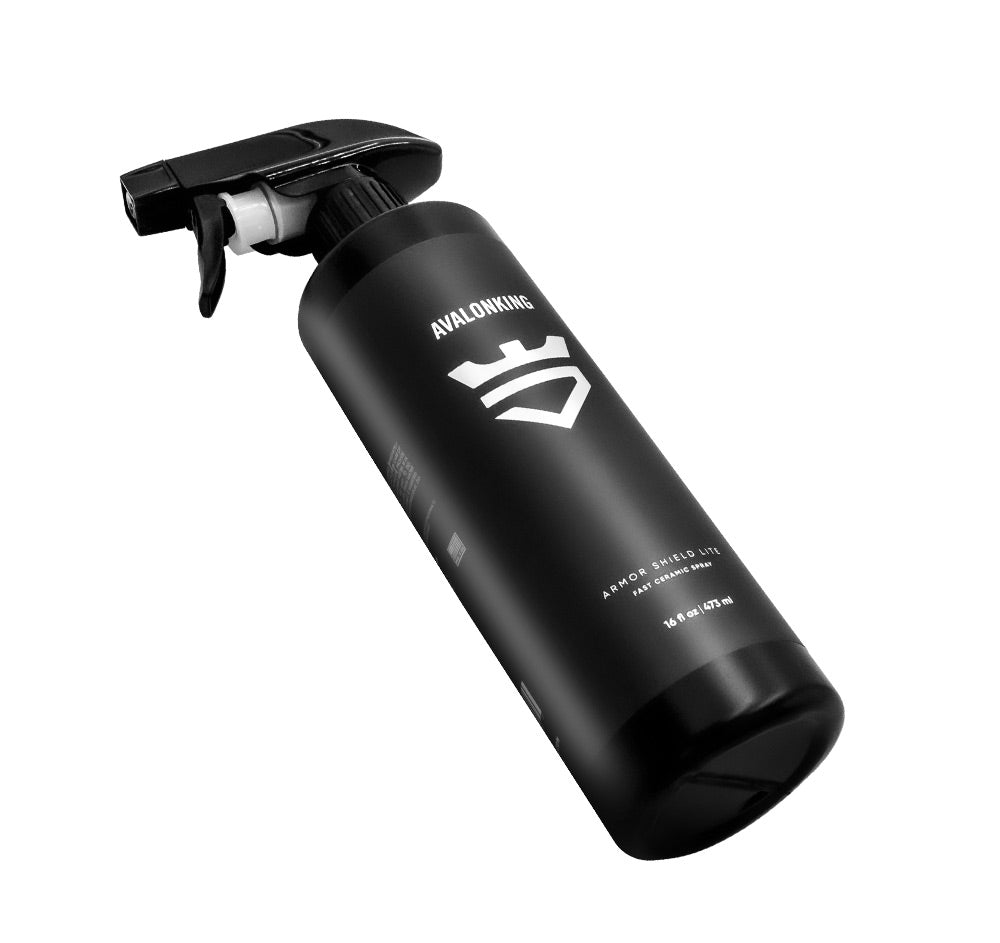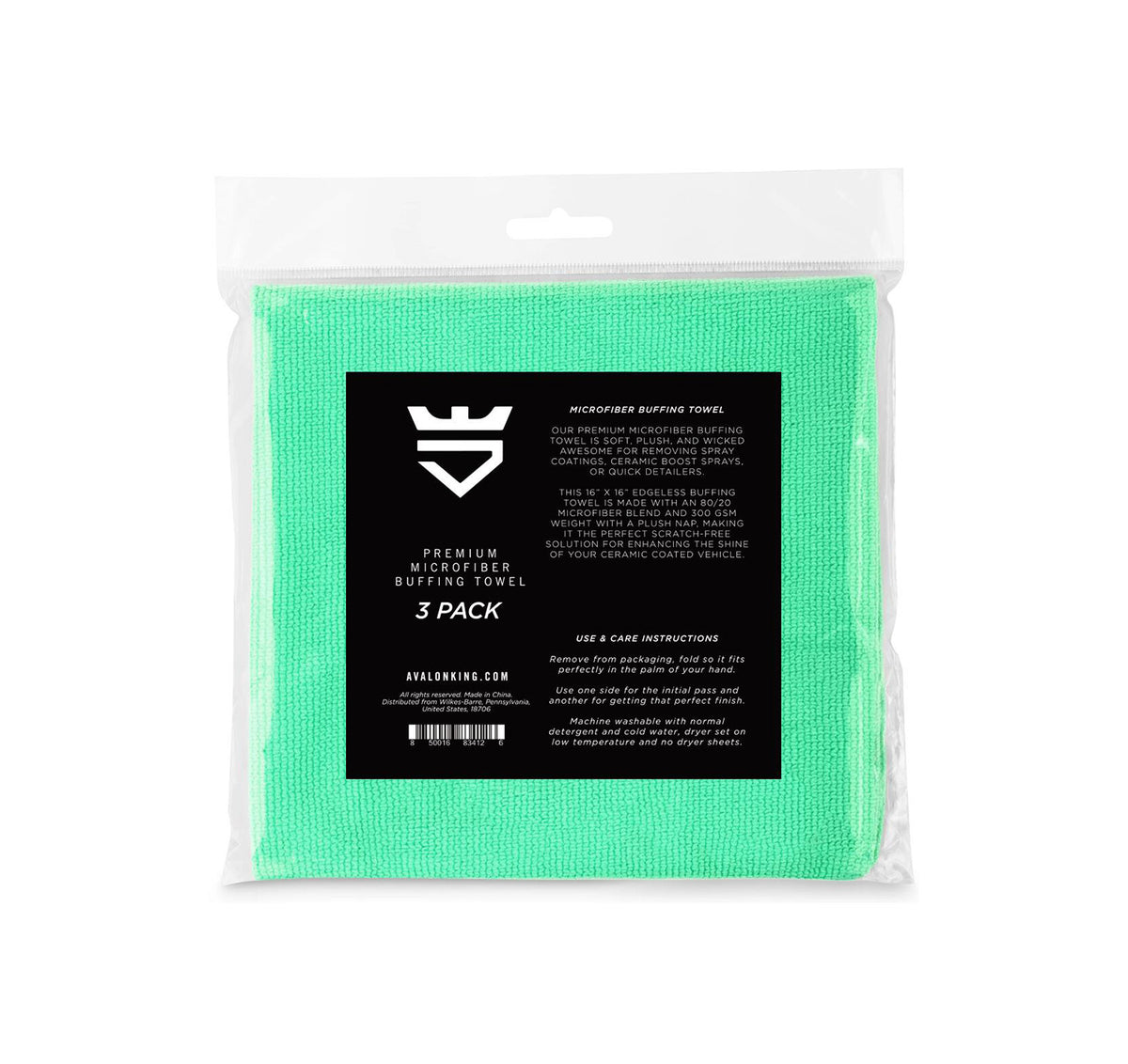What is Polishing? Explained by AvalonKing
Polishing, a term often used in the automotive industry, is a process that involves the use of abrasive materials to remove minor surface imperfections and restore the original shine of a vehicle's paintwork. This comprehensive glossary entry by AvalonKing aims to provide an in-depth understanding of the concept of polishing, its importance, methods, and its relation to ceramic coating.
Polishing is a critical step in the process of ceramic coating application. It is the act of smoothing the surface of the vehicle to a mirror-like finish, preparing it for the application of a ceramic coating. This glossary entry will delve into the various aspects of polishing, from its definition to its significance, methods, and more.
Understanding Polishing
Polishing is a process that involves the use of a polishing compound and a polishing pad to remove minor surface imperfections from a vehicle's paintwork. These imperfections could include swirl marks, scratches, oxidation, and etching caused by bird droppings or acid rain.

The process of polishing not only restores the original shine and gloss of the vehicle's paintwork but also prepares the surface for the application of a ceramic coating. It is a critical step in the ceramic coating process as it ensures that the coating adheres properly to the surface, providing maximum protection and longevity.
The Importance of Polishing
Polishing plays a crucial role in maintaining the aesthetic appeal of a vehicle. Over time, a vehicle's paintwork can become dull and lacklustre due to various factors such as exposure to the sun, harsh weather conditions, and general wear and tear. Polishing helps to restore the original shine and gloss of the paintwork, enhancing the overall appearance of the vehicle.
Moreover, polishing is a necessary step before applying a ceramic coating. A ceramic coating adheres to the surface of the vehicle's paintwork, forming a protective layer. If the surface is not properly polished, the coating may not adhere properly, reducing its effectiveness and longevity. Therefore, polishing ensures that the surface is smooth and free of imperfections, allowing the ceramic coating to adhere properly and provide maximum protection.
Polishing vs. Waxing
While both polishing and waxing are processes that aim to enhance the appearance of a vehicle's paintwork, they serve different purposes. Polishing is a corrective process that removes minor surface imperfections and restores the original shine of the paintwork. On the other hand, waxing is a protective process that forms a protective layer on the surface of the paintwork, protecting it from various elements such as UV rays, rain, and dirt.
Furthermore, polishing is a necessary step before applying a ceramic coating, while waxing is not. A ceramic coating requires a smooth and clean surface to adhere properly, which is achieved through polishing. Waxing, on the other hand, is typically done after the application of a ceramic coating to enhance its protective properties and give the vehicle a high-gloss finish.
Methods of Polishing
There are various methods of polishing, each with its own set of advantages and disadvantages. The most common methods include hand polishing and machine polishing.
Hand polishing is a method that involves the use of a polishing compound and a microfiber cloth or foam pad. This method is time-consuming and requires a lot of effort, but it allows for greater control over the process. Machine polishing, on the other hand, involves the use of a machine polisher and a polishing pad. This method is less time-consuming and requires less effort, but it requires a certain level of skill and experience to avoid damaging the paintwork.
Hand Polishing
Hand polishing is a traditional method of polishing that involves the use of a polishing compound and a microfiber cloth or foam pad. This method is ideal for minor surface imperfections and for areas that are difficult to reach with a machine polisher.
While hand polishing requires a lot of effort and is time-consuming, it allows for greater control over the process. This means that you can focus on specific areas and apply more pressure where needed. However, it is important to note that hand polishing may not be effective for deeper scratches and severe surface imperfections.
Machine Polishing
Machine polishing is a modern method of polishing that involves the use of a machine polisher and a polishing pad. This method is ideal for larger surface areas and for more severe surface imperfections that cannot be effectively addressed by hand polishing.
While machine polishing requires a certain level of skill and experience to avoid damaging the paintwork, it is less time-consuming and requires less effort than hand polishing. Moreover, machine polishing can achieve a more uniform and high-gloss finish. However, it is important to note that machine polishing should be done by a professional or under the guidance of a professional to avoid damaging the paintwork.
Polishing and Ceramic Coating
Polishing is a critical step in the process of ceramic coating application. A ceramic coating requires a smooth and clean surface to adhere properly, which is achieved through polishing. Therefore, if the surface is not properly polished, the coating may not adhere properly, reducing its effectiveness and longevity.
Moreover, a ceramic coating enhances the results of polishing. It forms a protective layer on the surface of the paintwork, protecting it from various elements such as UV rays, rain, and dirt. This means that the high-gloss finish achieved through polishing is maintained for a longer period, enhancing the overall appearance of the vehicle.
Preparation for Ceramic Coating
The preparation for a ceramic coating involves several steps, with polishing being one of the most critical. The first step is washing the vehicle to remove any dirt and grime. This is followed by clay barring to remove any embedded contaminants. Once the surface is clean, it is then polished to remove any minor surface imperfections and to restore the original shine of the paintwork.
After polishing, the surface is wiped down with an isopropyl alcohol (IPA) solution to remove any polishing oils and residues. This ensures that the surface is completely clean and ready for the application of the ceramic coating. The coating is then applied following the manufacturer's instructions, and allowed to cure for the recommended time.
Maintenance After Ceramic Coating
Once a ceramic coating has been applied, it is important to maintain it properly to ensure its longevity. This involves regular washing to remove any dirt and grime, and periodic decontamination to remove any embedded contaminants. Furthermore, it is recommended to apply a maintenance spray or booster product every few months to enhance the hydrophobic properties of the coating and to maintain its high-gloss finish.
It is also important to avoid any abrasive cleaning methods or products that could damage the coating. This includes automatic car washes, harsh chemicals, and abrasive cleaning tools. Instead, it is recommended to use pH-neutral car wash soaps, microfiber towels, and gentle washing techniques.
Conclusion
Polishing is a critical process in the automotive industry, particularly in the application of ceramic coatings. It involves the use of abrasive materials to remove minor surface imperfections and restore the original shine of a vehicle's paintwork. Not only does it enhance the aesthetic appeal of a vehicle, but it also prepares the surface for the application of a ceramic coating, ensuring its proper adhesion and maximum protection.
Whether you choose to polish your vehicle by hand or with a machine, it is important to do so with care and precision. Remember, the goal of polishing is not only to enhance the appearance of your vehicle but also to protect its paintwork. Therefore, it is crucial to choose the right polishing method and products, and to follow the correct procedures to achieve the best results.
Ready to take your car's shine to the next level? AvalonKing has everything you need to achieve that perfect polish. With years of expertise in providing top-quality car cleaning products, we've got you covered from ceramic coatings to car shampoos and more. Check out our products and see the difference for yourself. Your vehicle deserves the best, and with AvalonKing, that's exactly what you'll get.










